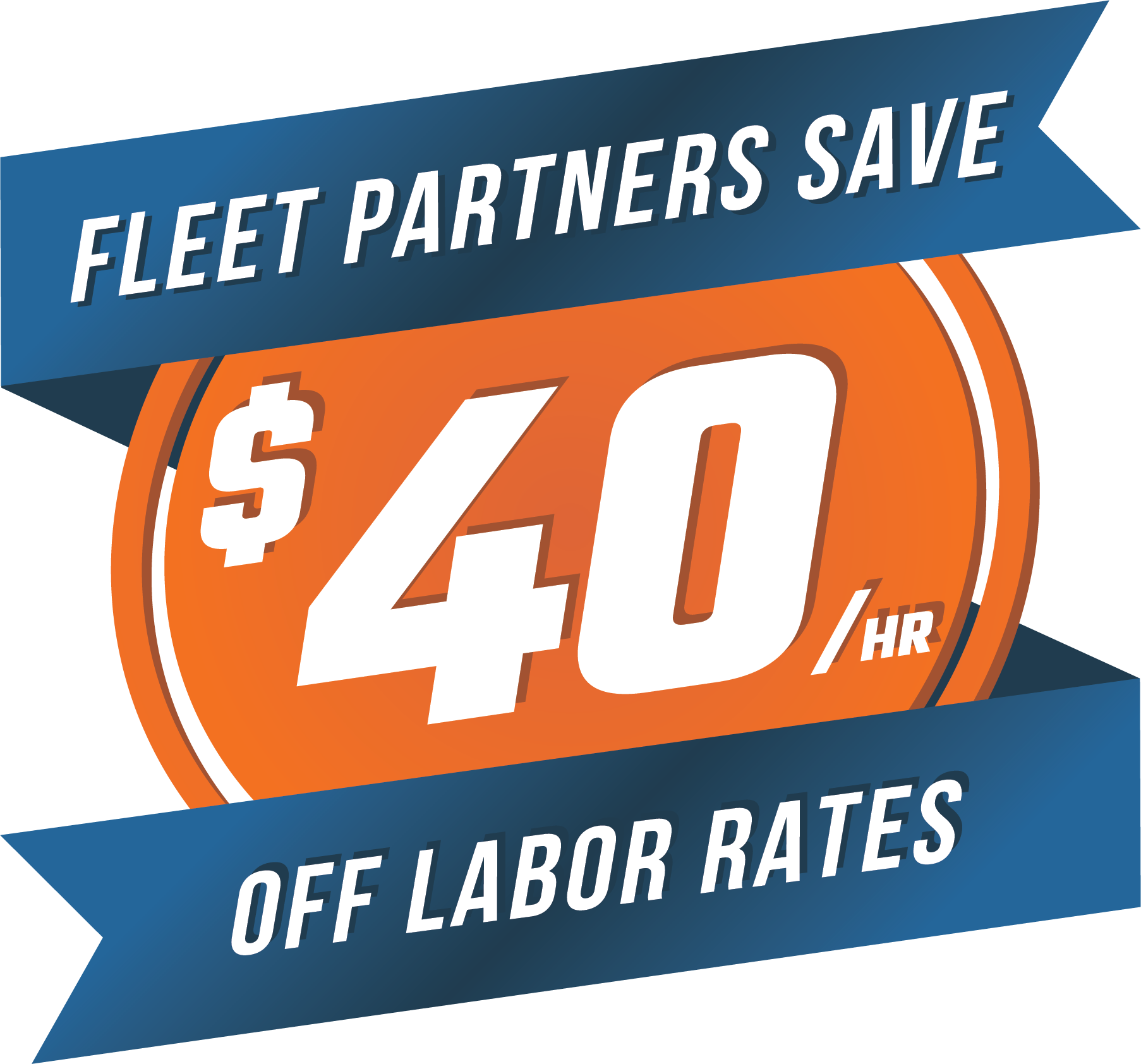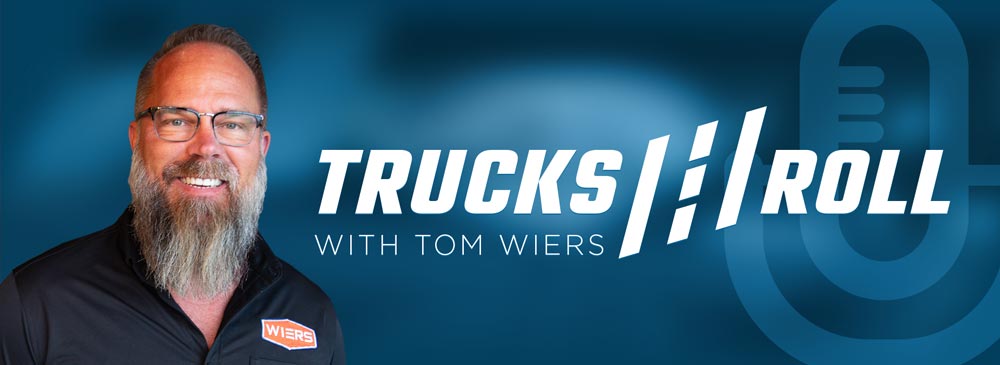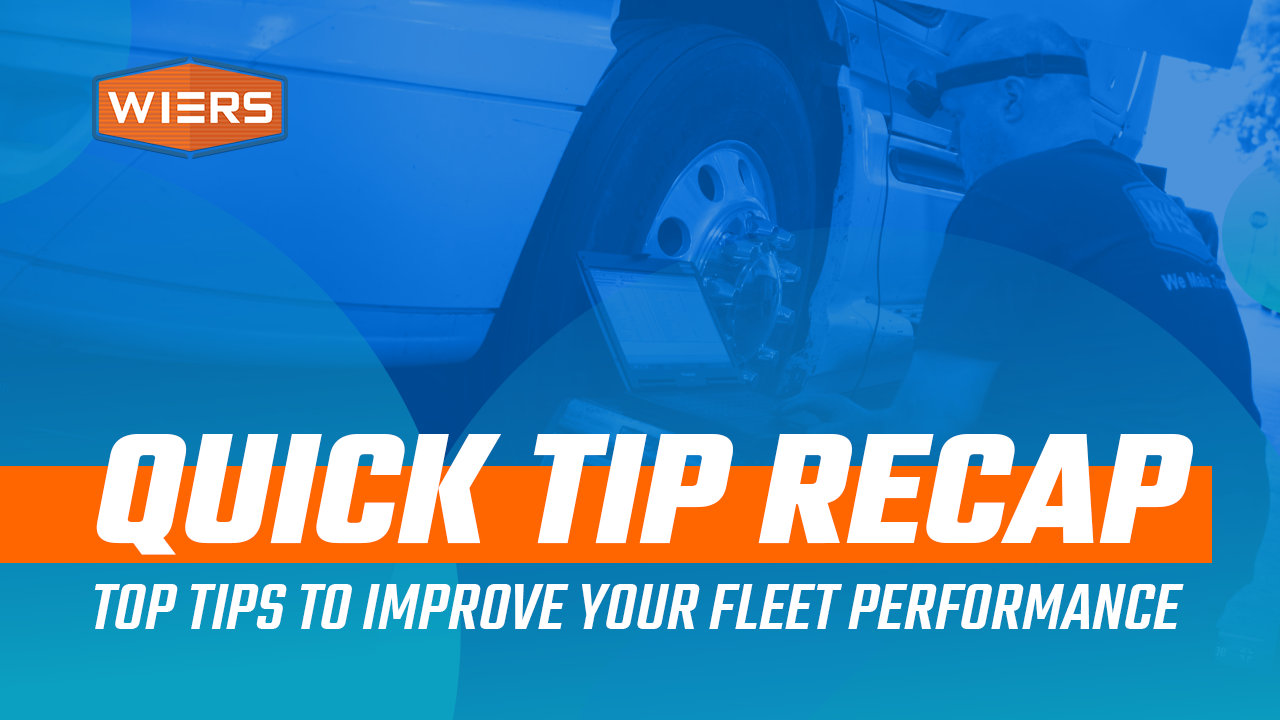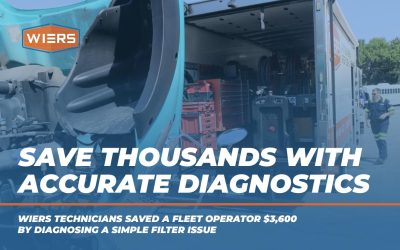The Importance of Preventative Maintenance
Pull up a chair and let’s talk Preventive Maintenance, Selecting a Great Service Partner, and Achieving 90% Compliance, win-win-win!
1. Embrace Fleet Partnership Principles by Committing To Preventative Maintenance
The most important thing you can do in your fleet maintenance program is commit to preventive maintenance. Preventive maintenance is being proactive and fixing things on your schedule and your timeline and are generally very inexpensive. Repairs on the other hand are often unscheduled, they’re disruptive, and they’re a lot more expensive.
Fleet Partnership Principles includes:
- Focus on extending asset life
- Results in fewer repairs & breakdowns
- Reduces expensive & time-consuming repairs
- Improves uptime while lowering costs
- The company can meet customer’s expectations
Long-term commitment to a robust maintenance system is the foundation for effective fleet performance.
2. Select a Great Service Partner
Here’s a tip on selecting the right service provider for your fleet. Selecting the right service partner is a serious decision with serious benefits.
Step one: Do a needs analysis. That starts by creating some questions. Use clear evaluation criteria and interviews to objectively judge available vendors.
Step two: Select a few Service Providers to evaluate. Review their shop, look at cleanliness, ask how they handle safety, and see how they train their technicians. Once you get that narrowed down understand how they like to do business.
Step three: Pick a great service partner and commit to working with them in good times and bad. Long-term, win-win relationships allow your partner to become familiar with your expectations, equipment, and business needs. Good business partners hold each other accountable, they communicate effectively, and they solve problems quickly.
It might be time to check out Wiers Fleet Partnership Plans. We offer flexible maintenance programs specifically engineered to save you time and money. Expect reduced breakdowns and a better experience for your drivers and customers.
3. Design a Preventative Maintenance Plan Specifically for Your Business
The next tip on designing a preventive maintenance program is key. Your business is unique and so is your fleet so you must design a plan that’s specific to your needs. Successful preventative maintenance programs require proper upfront design and periodic evaluation to determine effectiveness.
What items should be taken into account: (here are a few to get you rolling)
- What’s the age of equipment?
- What’s the environment the equipment runs in?
- Is there any special equipment that might need additional consideration?
- What about the amount of engine idle time?
Once you have these questions and others you’ve created answered, it’s time to execute your plan but keep the complexity to a minimum. We’ve seen customers try to add way too much early on and the program gets bogged down. Get it moving, adjust as you go, get buy-in, and you’ll have success lowering your downtime and lowering your costs.
4. Achieve Preventative Maintenance Compliance Above 90%
The last tip for today, one of the principles of being a fleet partner is to achieve 90% PM compliance or more. PM Compliance measures how many trucks current (not overdue) are according to the PM schedule.
Resist the temptation of stretching PM schedules to save a few dollars and time. Being overdue for just 30 days on every PM will cause you to miss a year’s worth of maintenance in just five years. That’s a sure way to drive up future breakdowns and repair costs.
No matter your service provider, use these tips to get the best out of your fleet.










